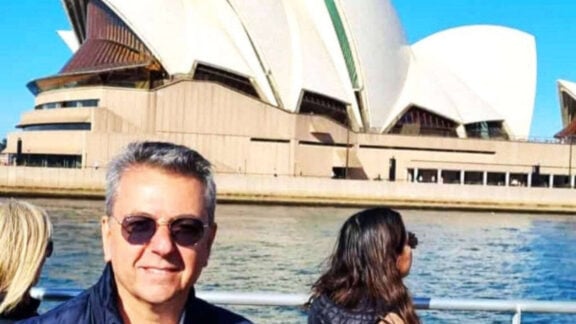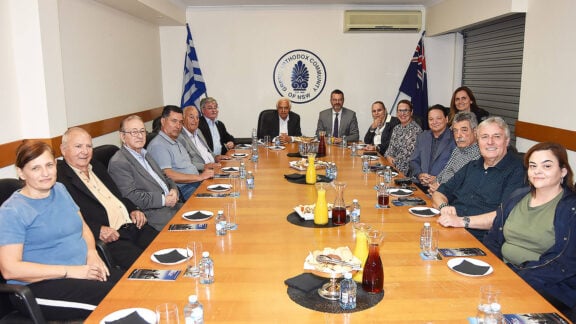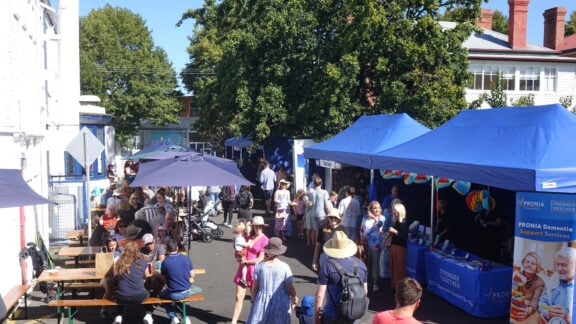In an ever-globalising world, human movement has become one of the globe’s most important facets. Thus, it is no wonder that six Australian-based artists who all hold experiences with migration and translocation have fused artistic minds to participate in the ‘Lost in Translocation’ exhibition now showing at the RMIT Project Space Spare Room. The exhibition, running until 20 August, involves six separate installations that showcase each artist’s experiences with migration through their own uniquely personal artistic lens. Participating in the exhibit are renowned artists Rushdi Anwar, Eva Abbinga, Alfredo and Isabel Aquilizan, Megan Cope and Greek Melbourne-based visual artist Nikos Pantazopoulos.
Pantazopoulous’ participation in the collective event is one that stems from his photographic series ‘Boutique Politics’ and from his experience as the son of Greek migrants in Melbourne. His photographic installation involves two photos that are contrasted via parallel placement and centred on the Melburnian suburb of Brunswick – Pantazopoulos’ birthplace in 1973, childhood home and a place of repetitive return and departure. As a personal place of continuous movement, the suburb is critical to an exhibition centred entirely on the process of human movement and how such a process can displace senses of identity and belonging, and notions of home. The paralleled photos offer a great contrast in subject. The selection’s left image features a male torso juxtaposed with the right hand image of a persimmon tree nestled in delicate white lace tapestry; all three subjects hold heavily Greek connotations and play a role in linking his migration history and his sexual identity. The series was composed over four months, whereby Pantazopoulos explores senses of belonging and the experience of being in a place by moving through and away from it.
The artistic perspective provided by Pantazopoulos and other talented artists through ‘Lost in Translocation’ is a critical asset to the collective mind of Australia and its inhabitants on a multitude of different levels. As an expression of experience, the production of artistic installations provides artists with a physical manifestation and objectification of internal experiences. Ultimately, form is given to experiences that otherwise don’t often appear in mainstream society.
On a collective level, diasporic art, such as that of ‘Lost in Translocation’, represents the diverse nature of our land and the many cultures that comprise it. For Australian society as a whole, diasporic art passionately changes the landscape of our public culture, opening up a public space for social and political cultivation. For the collective demographic of migrants which makes up a large part of Australia’s identity, diasporic art holds an extremely strong significance in generating a new dialogue within which migrants can openly discuss their suppressed experiences. For the Greek community in particular, such art gives recognition to Greek Australian migrants that they otherwise do not receive. Pantazopoulos’ installation ignites strong memories of Greek migrant women and the tradition of tapestry, as well as the persimmon linked to Greece as the fruit of the gods.
Translocation refers to the process of moving from one place to another, and in a bid to artistically reflect upon how place affects cultural identity, ‘Lost in Translocation’ holds a strong significance in the Australian art scene and in defining Australia’s national identity.
To join in celebrating what makes Australia and the lives of those who live here truly unique, head to the ‘Lost In Translocation’ exhibition, located at the RMIT Project Space Spare Room, 23-27 Cardigan Street Carlton until 20 August.






